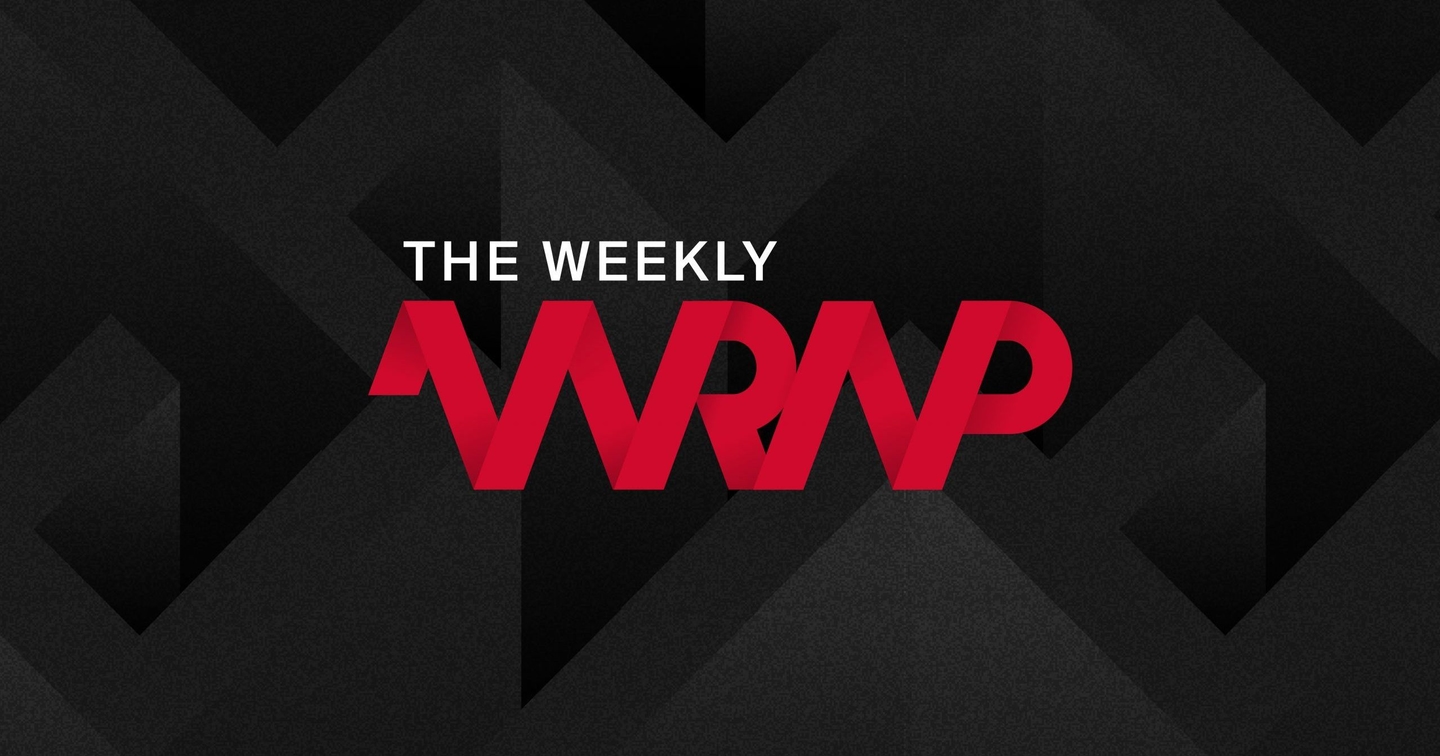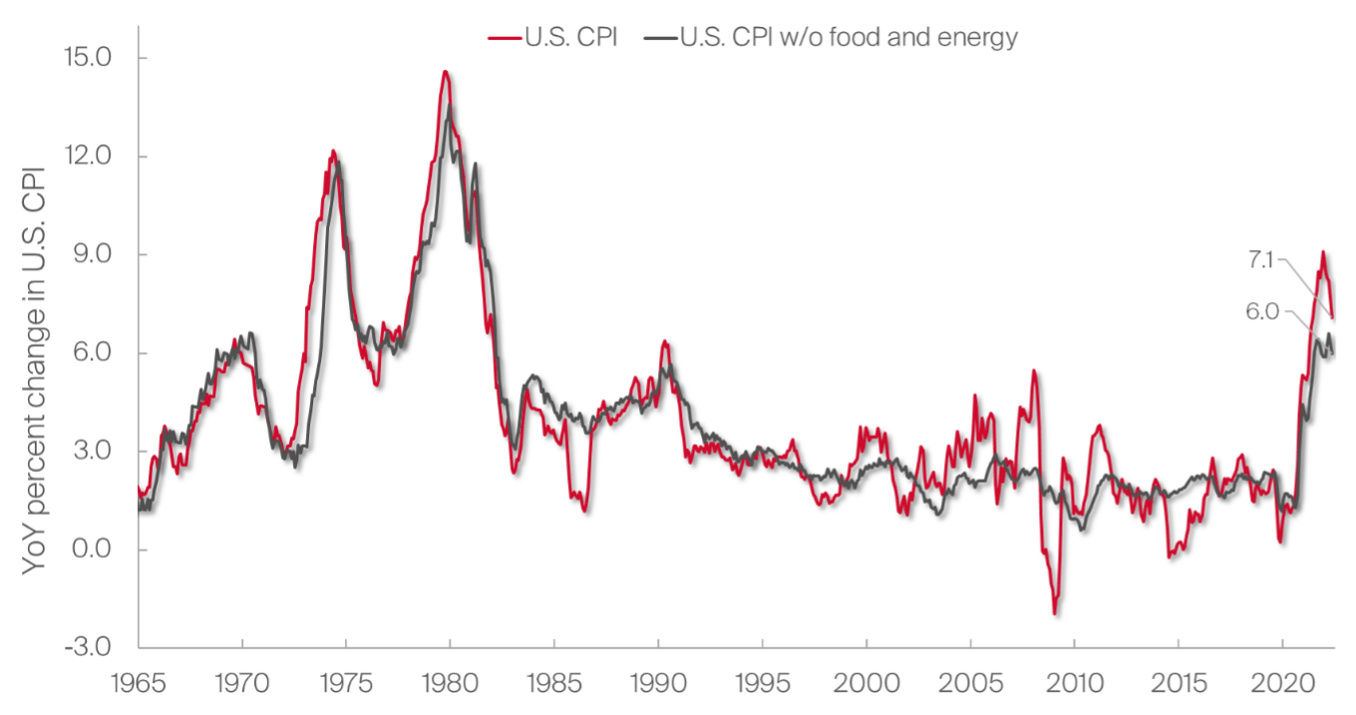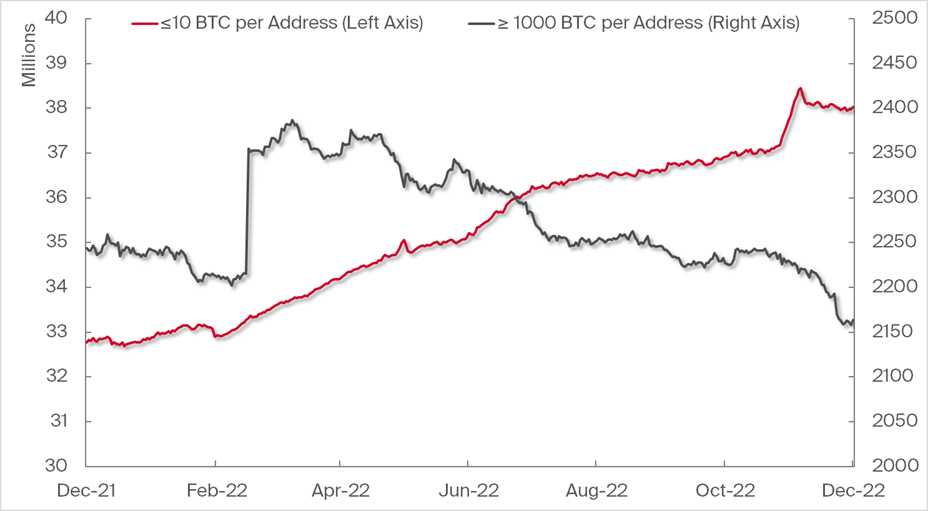
Bitcoin mining profitability at 7y-low, Nigeria pushes CBDC, U.S. November CPI and Macro

1. Bitcoin mining profitability drops to lowest level in 7 years
The Facts:
- A tough economic environment as well as the recent all-time-high Bitcoin mining difficulty lead to the lowest Bitcoin mining profitability in the past seven years.
- As measured by Luxor’s Hashprice Indicator, the most recent drop in mining profitability was -20%.
- Headwinds are caused by rising energy and operating costs, forcing miners to shut down.
- Recently, Bitcoin’s mining difficulty adjusted 7.32% to the downside, the most significant drop since the 2021 bitcoin miner exodus from China.
- Bitcoin mining businesses Core Scientific and Argo Blockchain are currently facing severe liquidity crunches, with Argo Blockchain accidentally revealing plans for bankruptcy.
- Bitcoin Miner Compute North had to file for bankruptcy protection.
Why it’s important:
- Bitcoin miners, rather to be labeled as Bitcoin validators, are the backbone of Bitcoin’s network security and are fundamental to resisting large-scale attacks.
- The currently tough macro environment is slowly forcing bitcoin miners out of the market, as not only the bitcoin price stagnates and mining difficulty rises significantly, but electricity costs keep increasing.
- This directly translates to less operating profit while operating costs keep rising, essentially shrinking miners’ margins, and increasing their operating risk.
- In contrast to the growingly apathetic crypto market, which gets increasingly deleveraged, bitcoin miners’ business is becoming more and more risky.
- This constitutes further headwinds for the already battered crypto sector in case more and more miners are forced to shut down their operations, lowering Bitcoin’s security.
- Recent examples such as Argo Blockchain’s financial troubles remind us that the windfall profits of bitcoin miners in bull markets can quickly change to the opposite in bear markets.
- Argo’s electricity costs rose from a calculated $0.02/kWh to $0.06/kWh recently, which translates to mining a single bitcoin for a total cost of $12,400 versus $4,000.
- Bitcoin miners should consider securing purchase power agreements (PPA’s), which effectively lock in a fixed price and function like a hedge, especially in times of rising electricity costs.
- Bitcoin’s underlying security network is as strong as ever despite the recent drop, yet is operating on thin margins most of the time, not uncommonly by businesses standing on shaky legs.
- As the bear market prolongs and a global macro recession could be near, Bitcoin’s mining business might be is facing tough times ahead.
2. Nigeria limits ATM cash withdrawals in rise of its own CBDC
The Facts:
- The Nigerian central bank limited the amount of cash its citizens may withdraw from ATMs to $225 per week, daily withdrawals must not exceed $45.
- The decision comes roughly one year after Nigeria introduced its own CBDC, the eNaira, in an attempt to accelerate the adoption of its government controlled payment alternative.
- The move is one of many governments’ and central banks’ decision, to limit access to cash or banking services altogether, for all, or selected citizens.
- A few recent examples include Egypt’s and India’s decision to partially limit withdrawals and cash usage, or countries such as Iran or Canada freezing bank accounts of the political opposition.
Why it’s important:
- Roughly half of Nigerians are currently unbanked and are therefore heavily impacted by limited access to cash.
- Though the government tries to patronize its citizens by trying to push for a controlled form of government money, Nigeria ranks 11th on the global crypto adoption with roughly one in five Nigerians owning cryptocurrencies.
- The country has been one of Africa’s key drivers for crypto adoption, despite the Nigerian government banning banks from serving crypto exchanges, which resulted in an increase in peer-to-peer transaction platforms and services.
- It remains interesting to see, whether government restrictions will lead to more Nigerians adopting government controlled CBDC’s or accelerate crypto adoption in Africa even further.
3. November U.S. CPI cooling off further and more on macro
The Facts:
- The YoY U.S. CPI of November came down surprising low at 7.1%, significantly below the estimate of 7.3% and 0.6% lower than previous month’s rise of 7.7%, as energy costs and especially gas slumped further.
- The rather sticky core U.S. CPI that excludes food and energy came in below expectations too at 6.0% YoY in November (estimated at 6.1%), 0.3% lower than previous month’s YoY core CPI.
- MoM U.S. CPI in November came in at 0.1% (estimated at 0.5), while core MoM U.S. CPI fell to 0.2% (estimated at 0.3%) down 0.1% from previous month.
- Primarily service related costs soared, mainly due to the solid labor market and steadily low unemployment.
- Energy and food remain key elements of the current inflation problems, even though the pace of price increases has cooled off somewhat.
- The report was received positively by markets and treasury yields tumbled alongside, down about 0.22 percentage points.
- The FED raised the interest rate by 50-basis points on Wednesday, compared to its 75-basis points rate hike in October.
- The FED Funds target rate now stands at 4.25% to 4.5 %.
Why it’s important:
- The rapid rise in inflation over the past years has not only caused a massive market selloff, but also saw consumer confidence deteriorate drastically.
- A cooling-off inflation, though just slightly, signals a potential relief for market participants and consumers.
- Nevertheless, CPI still came in beyond 7%, implying a mere slowing in price increases, a far stretch out from “healthy” and reasonable inflation rates.
- It is a positive sign that inflation comes in lower, but still a long path to economic and monetary recovery as inflation is still almost twice as high as interest rates.
- Historically, economically stringent times such as these never ended prior to interest rates exceeding the inflation rate, enabling a full recovery.
- With the FED hinting to not pivot until 2024 and market participants expecting a terminal FED Funds rate of around 5-5.25%, it is solely dependent on the inflation rate recovering back to “normal” levels.
- A look at the chart below should be an urgent reminder of the “lost decade”, with inflation being only temporarily under control, resurging following the FED pivoting too soon and not raising rates sufficiently, trying not to hurt the economy any further in the short-term.

In other news
- Bitcoin mining brings affordable electricity to rural Kenya (via Cryptoslate)
- “blockchain is more than crypto” narrative(?) reemerges (via WSJ)
- TheBlock CEO received personal loans from SBF & FTX and CEO resigns (via Reuters)
- Genesis Block customer funds sent directly to Alameda wallets (via Bitcoininsider)
- FTX founder SBF arrested in the Bahamas (via The New York Times)
- U.S. Congress gets presented Proof-of-Reserves bill (via Cointelegraph)
Understand Sam Bankman’s con for what it is – a failure of centralization, business ethics, and a crime. Not a failure of technology. Crypto reflects American values the same way internet does. […] Decentralization is the point
US-Congressman Tom Emmer during a US House of Representatives hearing via Twitter
-16.88%
YoY drawdown of whale wallet versus retail wallet share for bitcoin
Plotting Bitcoin Retail Wallets (≤10 BTC) versus Whale Wallets (≥1000 Bitcoin)

Missing the fundamentals? Read our introduction to “What is Taproot”
The latest episode of Decrypt titled “Status quo of NFTs – Part II” highlights the breakthrough of NFT markets after the 2021 wave and looks at adoption trends beyond art and collectibles.